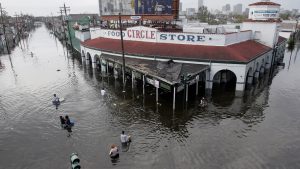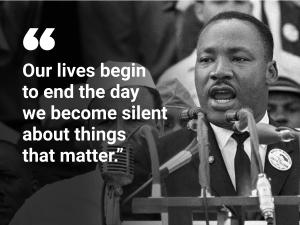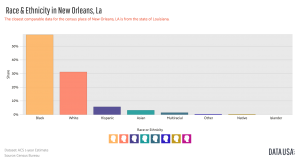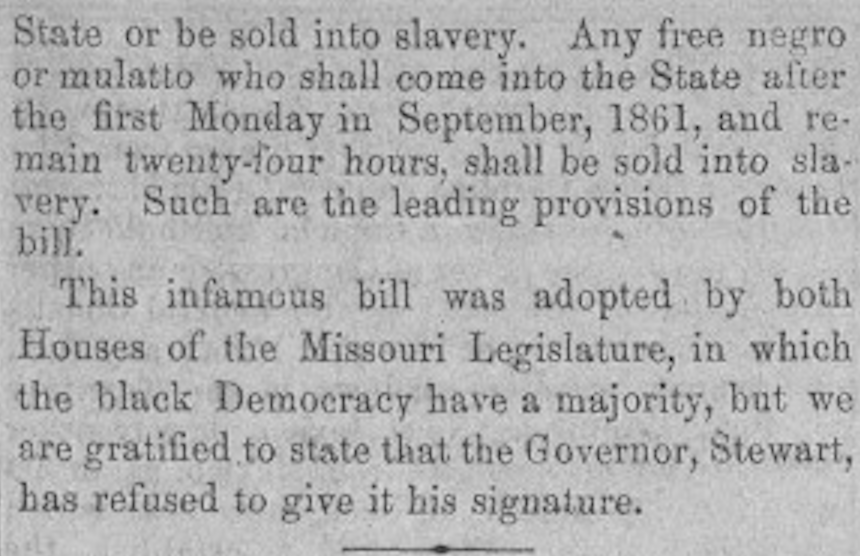“Minstrelsy is thing of the past!” my old high school teacher once told me. Is it actually a thing of the past? Just because it is no longer featured and accepted in mainstream media it does not mean that the racism in the United States has ended. It has only evolved. We still hear remnants of this racist entertainment culture in sing-along songs that have been played to many children growing up. There are still references made to minstrelsy through the use of costumes in cartoons such as Mickey Mouse. Have African-Americans, or minorities in general, ever been put first when it comes to economic and emergency aid from the United States government or population? If so, why did Cesar Chavez or Martin Luther King, Jr. ever have to step on that soapbox to put minorities first themselves?
Is it a cultural norm for the United States to be considered a nation that puts their people last? Unlike the Swiss and Germans, who have helped their people in times of need, New Orleans says a lot about the reality of the United States and the government’s attitude towards affirmative action aimed at minorities, specifically African Americans.
“While Swiss and German governments have paid reparations to Holocaust survivors and those killed in the Holocaust, black intellectuals have pointed out that there has been no such concentrated effort by the United States to repay African Americans for the unpaid labor required under slavery” (The American Mosaic: The African American Experience).

Looters make their way into and out of a grocery store in New Orleans on Tuesday, Aug. 30, 2005. Flood waters continue to rise in New Orleans after Hurricane Katrina did extensive damage when it made landfall on Monday. (AP Photo/Dave Martin)
In 2005, Hurricane Katrina killed over 1,800 people and changed the lives over millions of others. One of the cities most affected by this hurricane was New Orleans, LA. The majority of the people affected by this disaster were African-Americans. According to DataUSA.io, the 75.8% of the New Orleans population is Black, 18.9% is White, and 5.3% is Hispanic.
“The problems that plague the urban poor, who are disproportionately African American, were tangible throughout Louisiana—especially in New Orleans, which sustained the most damage—and in Mississippi near where the storm made landfall. The catastrophic storm only amplified ways the black urban and rural poor in the American South had been ignored” (The American Mosaic: The African American Experience).
It is clear that a disproportionate amount of African-Americans in this part of the South were left without sufficient aid by the US Government emergency systems. According to the article about “New Leadership,” Sanders states that there are many African American intellectuals today drawing on evolving conversations about black identity to “reignite a debate on the need for reparations to African Americans” (Sanders). This debate is similar to that of minstrelsy in the context of African American reparations. What can the United States offer to African Americans as reparations in a post-slavery world? Does the United States do enough for African Americans today? This question is complicated because we must define “United States”. The United States as in: government, citizens, immigrants, and companies. There are many different ways the United States can act as an entity.
Minstrelsy poses the same concerns because it requires reparations in its own context. The question posed with regard to minstrelsy is, “Should minstrel songs and culture be erased from history or should we educate our following generations on its history?” For lack of a better way to state this, I will say it as it is: The United States as a whole is not doing everything it can do to owe reparations to African Americans today.
Sources:
- Sanders, Joshunda. “New Leadership, 2001–2008.” In The American Mosaic: The African American Experience, ABC-CLIO, 2018. Accessed March 7, 2018. https://africanamerican2.abc-clio.com/Topics/Display/39.
- The Black Law in Missouri. The National Era (Washington D. C., United States), Thursday, January 26, 1860; pg. 15; Issue 682 (224 words (1860/01/26/): https://goo.gl/P7Ahw6
- https://datausa.io/profile/geo/new-orleans-la/#ethnicity
- Simpson, George. “Disney race shock: Mickey Mouse ‘was based on blackface minstrels’.” Express.co.uk. February 3, 2017. Accessed March 7, 2018. https://www.express.co.uk/entertainment/films/762722/Disney-racist-Mickey-Mouse-gloves-blackface-minstrels-Vaudeville-The-Opry-House.



